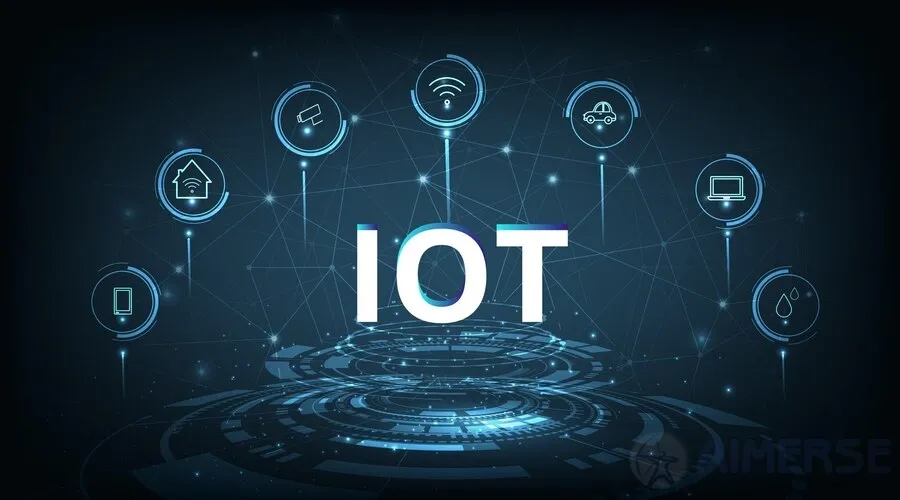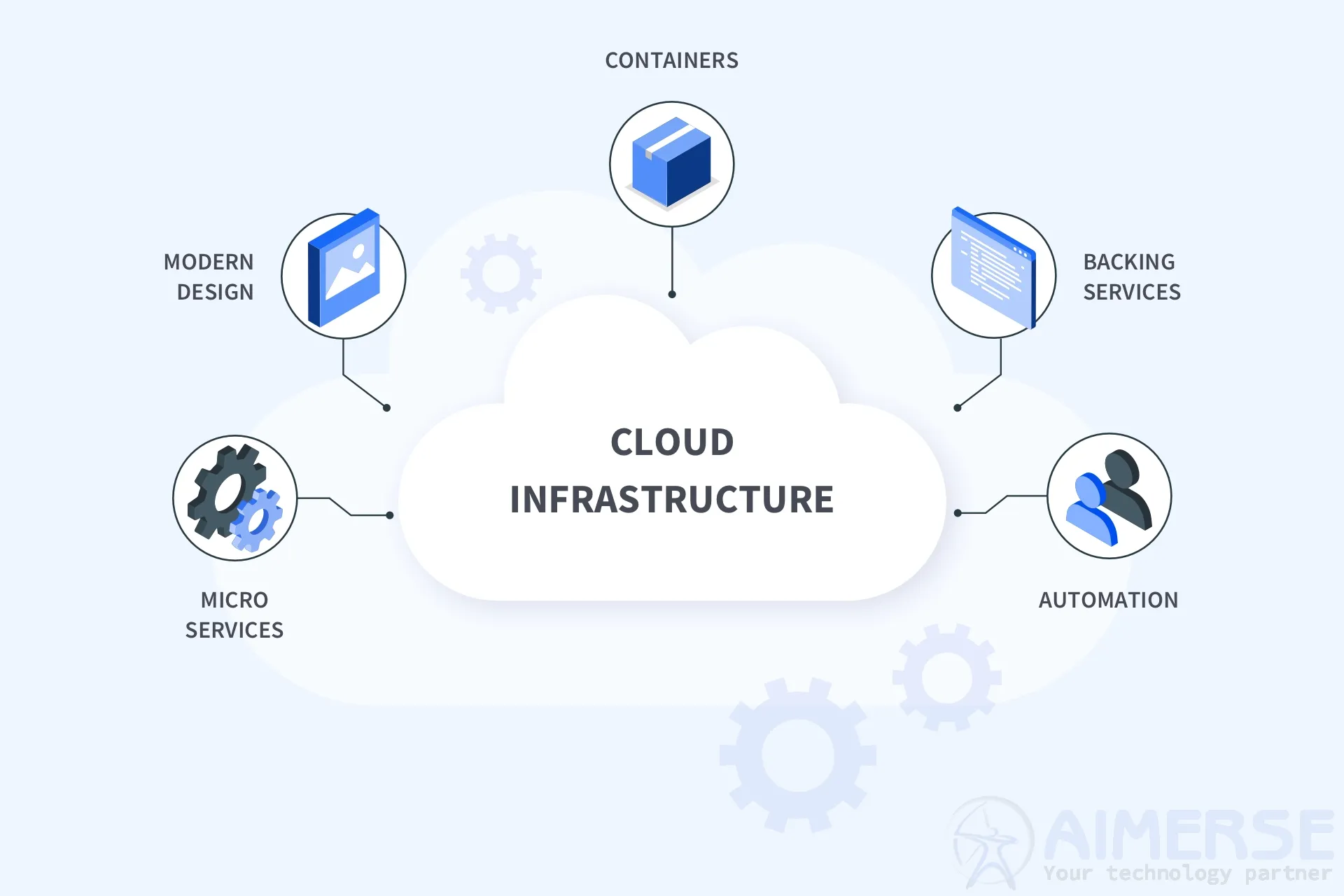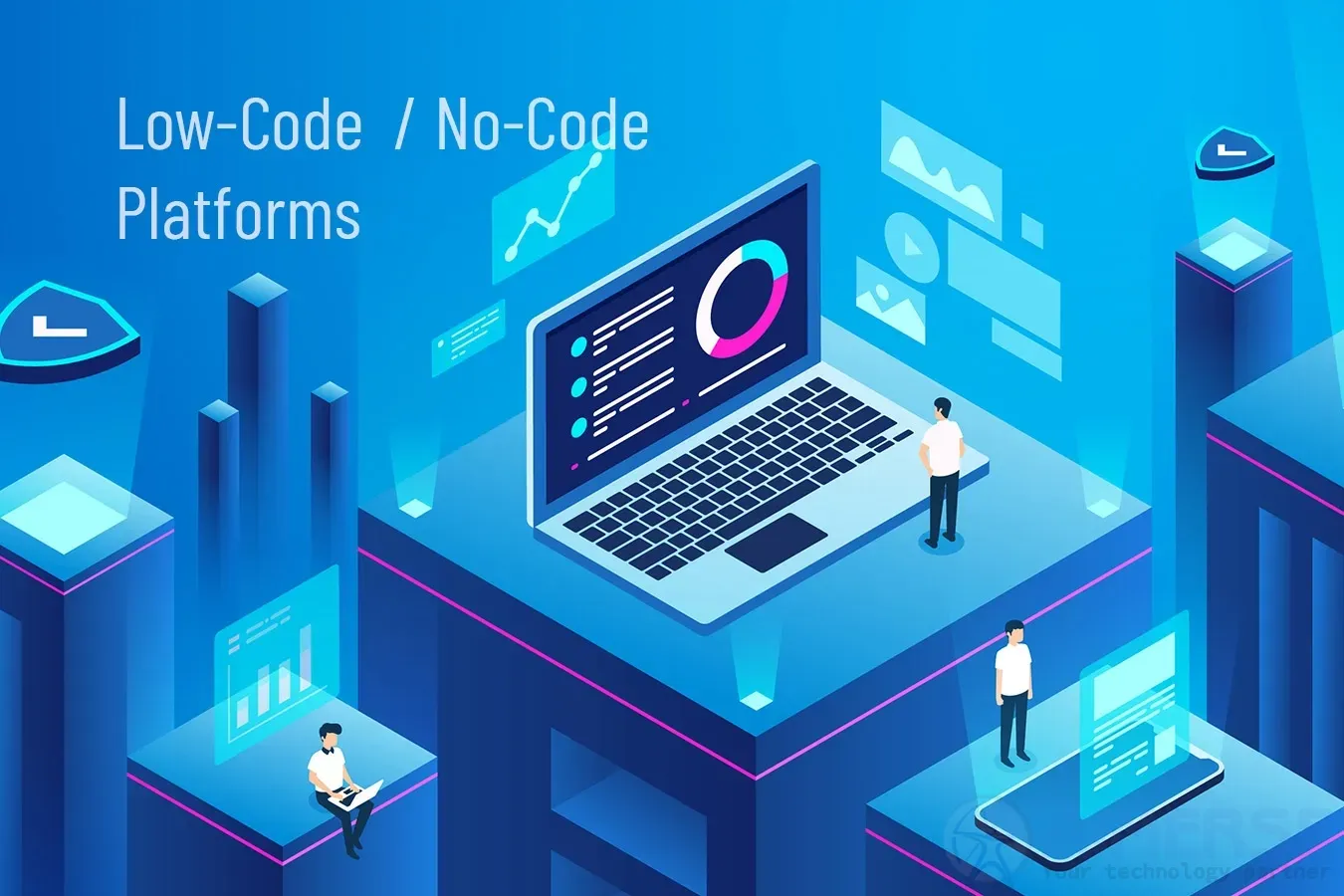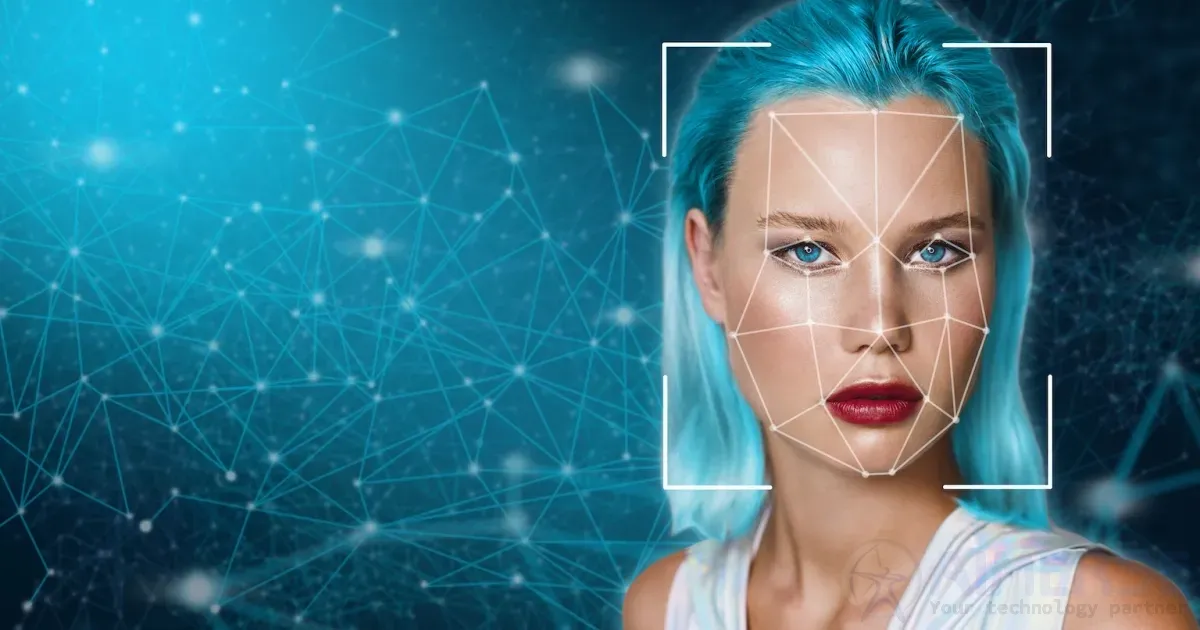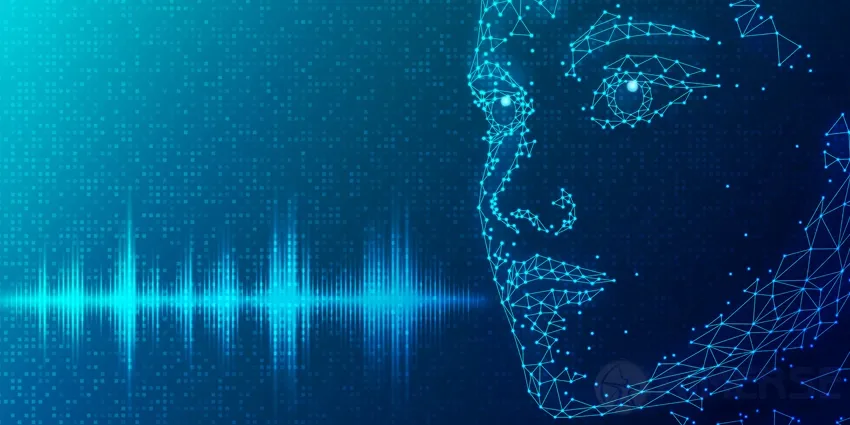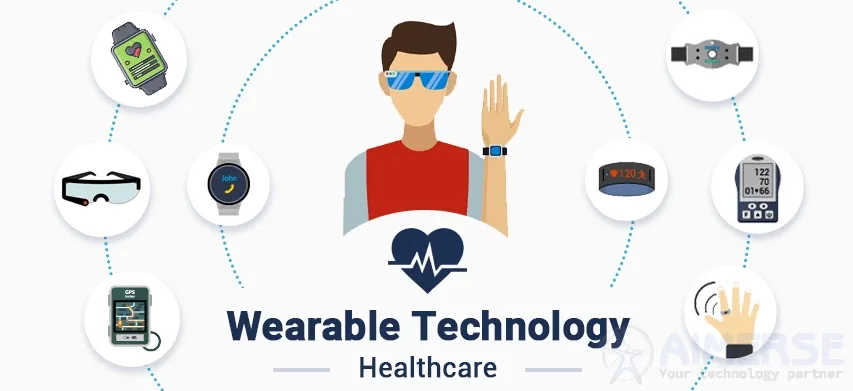Internet of Things (IoT): Connecting the Unconnected
The Internet of Things is a digital revolution that can make physical devices connect to the Internet and communicate with each other, revolutionizing whole industries with little to no sweating involved, from smart homes to industrial automation. Real-time IoT links up the physical and digital worlds where data is collected, exchanged, and processed to connect and link up devices.
This therefore means that with the rate at which IoT adoption continues to grow, enterprises continue using it in the interest of efficiency and customer experience or strategic decision-making based on data.
IoT Connecting the Unconnected
IoT allows for disintegrated systems to interact through monitoring and control without involving human participants. IoT also welcomes advancements in cloud computing and edge computing technologies, along with 5G connectivity.
Much has advanced in IoT relating to the major industries that benefit from it.
-
Healthcare & Remote Patient Monitoring
- IoT-enabled devices enable patients to monitor their health in real time while decreasing patients' frequency of visiting the hospital and helping them with better treatment.
-
Smart Homes and Consumer IoT
- Smart assistants connecting appliances and systems of home automation are making lives convenient, secure, and energy-efficient for many, and also all this when IoT lets remote control a myriad of devices via smartphones.
-
Industrial IoT, or IIoT & Manufacturing
- IoT is presently used throughout the factories and industrial systems to monitor and maintain for predictive maintenance and real-time observation and optimize the chain of supply. IoT sensors eliminate machinery failure and hence stop operations-related downtime.
-
Retail & Smart Shopping
- Retailers are using IoT to enhance the level of inventory and to help customer experience in stores for better performance by the stores. Smart shelves, check-out systems, and product recommendations are now happening through IoT.
-
Smart Cities & Infrastructure
- IoT is making cities smarter through connected traffic systems, energy-efficient streetlights, and smart waste management. These innovations improve the quality of life in cities, reduce energy usage, and improve public safety.
-
Transportation & Logistics
- Fleet tracking, automated warehouses, and real-time shipment monitoring are making supply chains more efficient. IoT sensors provide information on vehicle health, fuel efficiency, and route optimization.
THE FUTURE OF IOT: WHAT'S NEXT?
When IoT is combined with AI and 5G, then devices are going to get a power boost that can ensure smarter automation, faster data processing, and strong security. With this facility, edge computing will be able to provide insights in real-time as well as reduce its dependency on cloud storage immensely.
IoT and Software Development: A Combo to be Leveraged
The whole benefit for companies will be robust, scalable, and safe software. Constituents needed for IoT software development in the periphery are:
- Customized IoT applications for business needs
- Cloud-based IoT platforms, where data can be easily shared in one click
- AI-powered analytics to support intelligent automation and predictive insights
- Cybersecurity to safeguard IoT devices from cyber threats
Conclusion
The IoT keeps the physical and digital worlds connected and opens every doorway for potential business and consumer readiness. This will make the companies adopting smart connectivity stand better opportunities for optimized efficiency and innovative experiences.
Aimerse Technologies specializes in developing IoT-driven applications and connected ecosystems through advanced technologies, including React.js, Node.js, Python Django, Laravel, and Java Spring Boot. No matter if it is IoT in manufacturing, health care, retail, and, of course, smart cities, our developers know how to build scalable and efficient IoT solutions for their clients.
